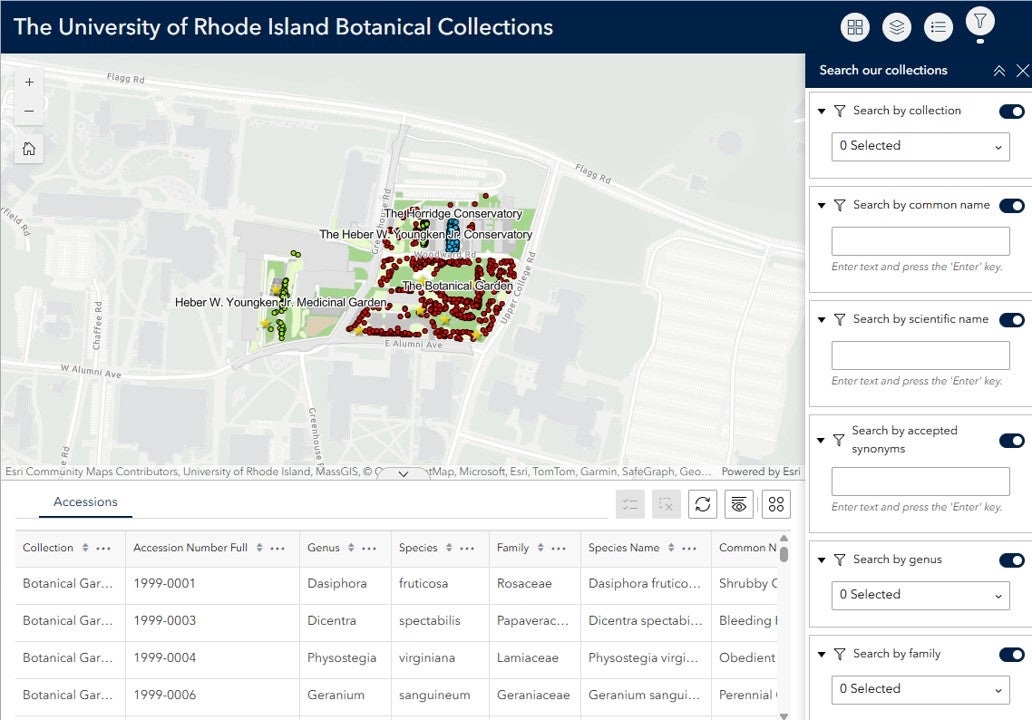A place of healing and wellness
Visitors will find plants that help prevent or cure everything from cold sores to cancer
The garden is named after the College of Pharmacy’s founding dean, the late Heber W. Youngken Jr., a pioneer in the study of medicinal plants. Now, with 300 medicinal plants, sodded areas, walkways, benches shaped in the form of birch leaves and a translucent sculptural frieze featuring panels that depict plant life in laboratory slides, the courtyard and garden are places for research and respite from the demands of 21st century life.

A medicinal and wellness garden
Focusing on the growing role of nature in healing and wellness.
Providing a learner-centered education where the student will have an intimate interaction with the environment of healing.
Offering a location for the campus community and the citizens of Rhode Island to learn more about the role of nature in healing and wellness.
Contact Us
Tours can be arranged year round. Come learn the stories behind the plants in our collection, from modern medicine to traditional healing. Tours are free but must be scheduled in advance. We have curriculum for school groups. The garden is open to the public dusk-dawn.


